Guadeloupe gastronomy brings together many traditional dishes with beautiful Creole flavors that make you salivate. Among these dishes, Torments of Love ranks among the TOP 5 delicacies of the archipelago to be tasted without hesitation.

Specialty of the Antilles and mainly of Les Saintes, you will fall under the spell of this essential dessert whose recipe has been protected since 2013 by the municipality of Terre-de-Haut.
The cake is broken down by a base of sweet, broken or puff pastry on which we add a jam, traditionally a coconut jam and a sponge cake flavored with cinnamon.
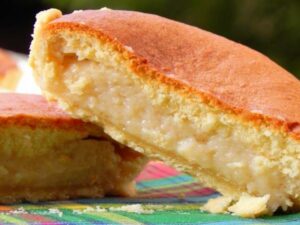
You have to go back to the 1920s to know the origin of this dessert created by Ms. Thomas, a young pastry chef who delighted many diners at banquets. Concerning the name “Tourment d’Amour”, several legends are known… The first would tell that the name was found by a woman tormented by the abandonment of her husband who left to fish regularly at sea. The other story explains that the one who invented the cake would have done it to satisfy her husband returning from fishing who would have endured torment away from her. Thus, the sweet jam and creaminess of the cake would reward his fatigue and emotion.
So if you want to take an excursion to Les Saintes, it is impossible to leave the archipelago without tasting a Tourment d’Amour, there is something for everyone! They are sold directly in the street by the cooks of Saintoises, near the port, in large wicker baskets.

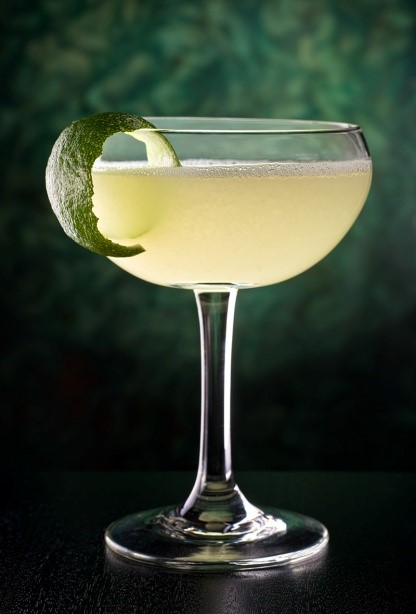
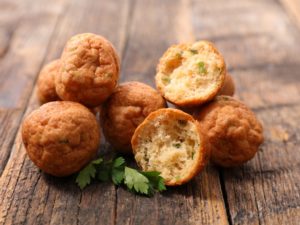



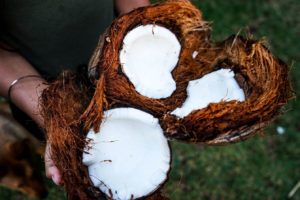




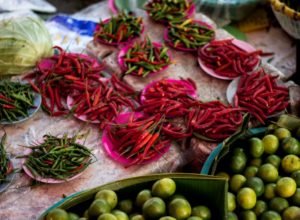


















 Book the hotel directly
Enjoy the best guarantees and best offers
Book the hotel directly
Enjoy the best guarantees and best offers
 The best price
The best price No booking fees
No booking fees  Secured payment
Secured payment  An expert at your attention
Need help organizing or booking your stay?
An expert at your attention
Need help organizing or booking your stay?







 An expert at your attention
Need help organizing or booking your stay?
An expert at your attention
Need help organizing or booking your stay?